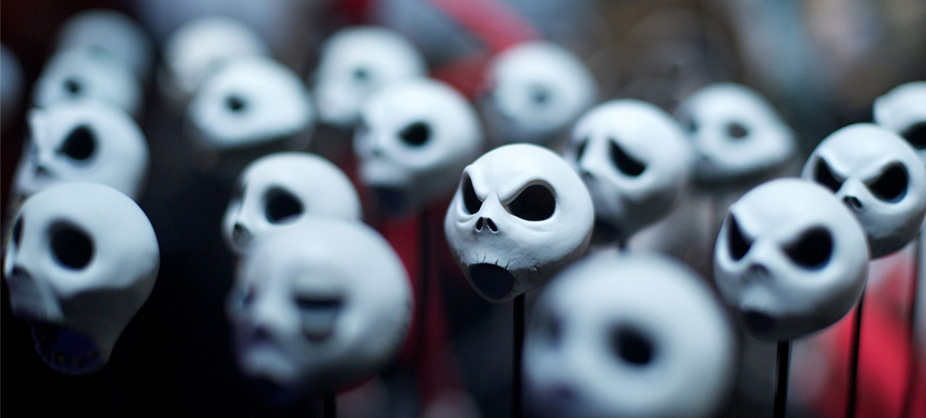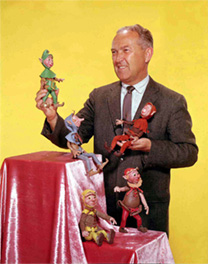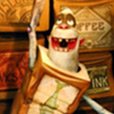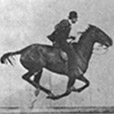The Many Faces of Stop Motion Animation

The replacement technique is a stop-motion animation technique that simply put is the replacing of certain parts of the puppet (most commonly the head/facial features) with alternate parts to create the animation. When used, this technique generates a neat, fluid animated sequence.
 Though used since the beginnings of stop-motion animation, the replacement technique became common practice with George Pal’s application of it in his creation of his series of shorts called Puppetoons.
Though used since the beginnings of stop-motion animation, the replacement technique became common practice with George Pal’s application of it in his creation of his series of shorts called Puppetoons.
Fast forward to 1993, Henry Selick and Tim Burton’s The Nightmare Before Christmas is the first stop-motion puppet animated film produced by Disney. The replacement technique is used for the puppets and facial features. For the main character, Jack Skellington, almost 400 replacement heads were created to convey his facial expressions.
Instead of using replacement heads like in the stop-motion feature The Nightmare Before Christmas the puppets for Corpse Bride were designed by leading English Puppet manufacturers MacKinnon & Saunders who employed a new technique for facial animation using a system of paddles and gears hidden beneath the puppet’s silicone skin. When the gears are operated, by inserting an Allen key into small holes in the head or inside the ears, the paddles move, adjusting the facial expression of the character.
Laika Studios feature film Coraline is the first to use 3D printing as a form of replacement animation. This new method allowed the character to portray a greater range of facial expressions; the downside, each 3D printed face had to be hand painted, and precisely so to avoid the vibrating effect that occurs when things don’t match up from frame to frame.
Since Coraline, Laika Studios has continued to revolutionize the way in which stop-motion animations are created with their continued development and application of 3D printing technology across all five of their current feature films.
With their 2012 feature stop-motion film ParaNorman they made use of newly purchased 3D color-powder printers, allowing them to directly apply color to the faces through the 3D printing process, eliminating the need to paint the individual faces.
With their next feature film, The Boxtrolls, they push their characters facial expressions further focusing on facial musculature and volume in an effort to convey a sense of weight and bounce that makes it feel as though their puppets are made of flesh rather than silicone.
When Laika studios went on to produce Kubo and the Two Strings, they came to the realization that some of their characters required more detail than was accomplishable with 3D color-powder printing, bringing about another advancement in 3D printing technology. Forming a partnership with Stratasys, they collaborated to conceive a 3D plastic color printer to fit their needs.
Another extent of the replacement technique can be seen in Madame Tutli-Putli, a stop-motion animation utilizing digital replacement to replace the puppets eyes with those of an actor.
Related Articles

